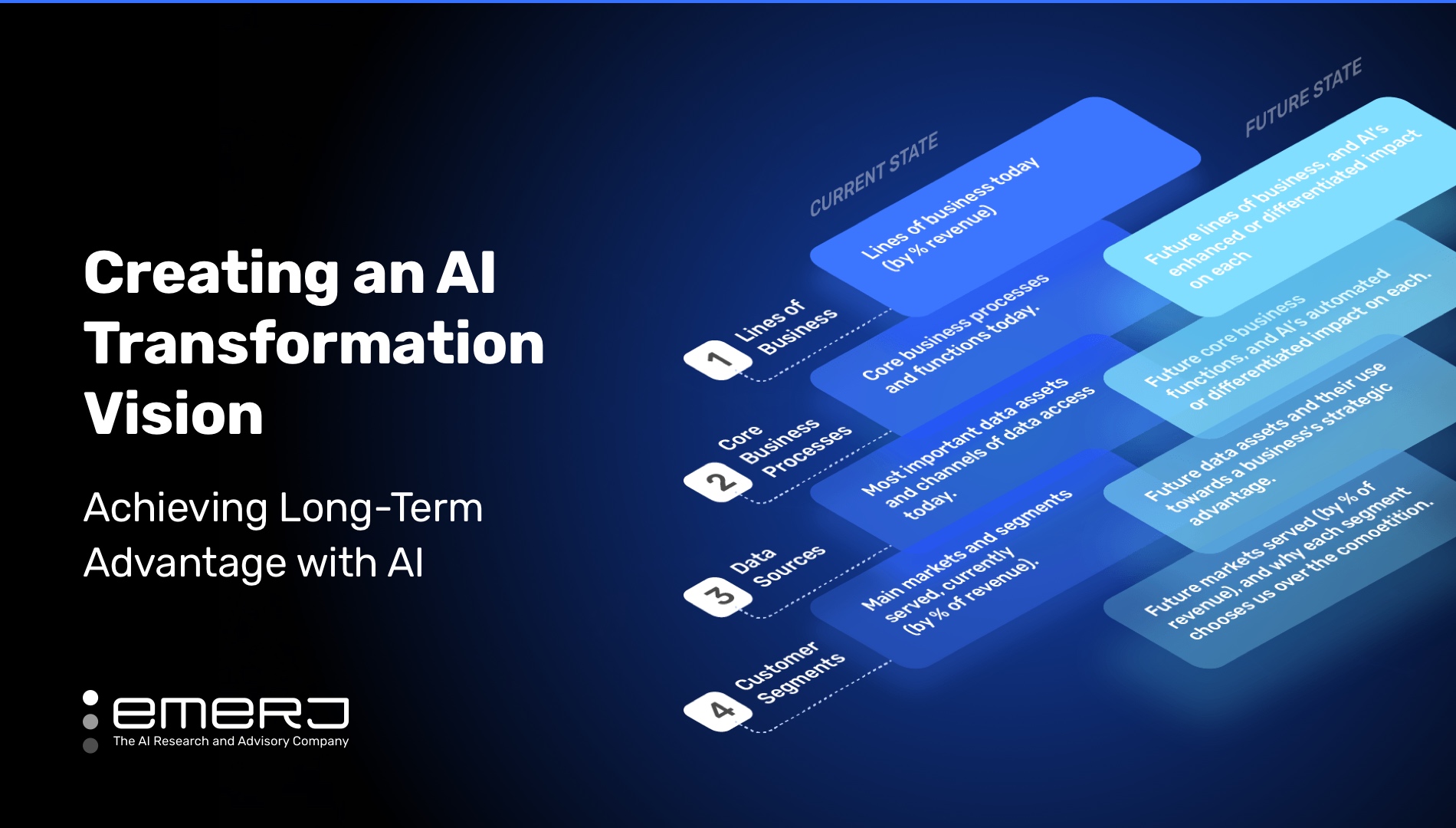Artificial intelligence deployments are fraught with technical and tactical elements that have to be executed well in order to see a return on investment: The data must be accessible, cross-functional AI teams have to work together, and even after an AI pilot seems promising - it often needs to be integrated into legacy systems to be deployed successfully.
Above both the technical and the tactical issues lies a greater set of looming questions:
What is AI helping our department or firm to become?
How will it help us serve our customers, improve our operations - and ultimately win in the market...
[mrj_paywall] unauthorized access




















